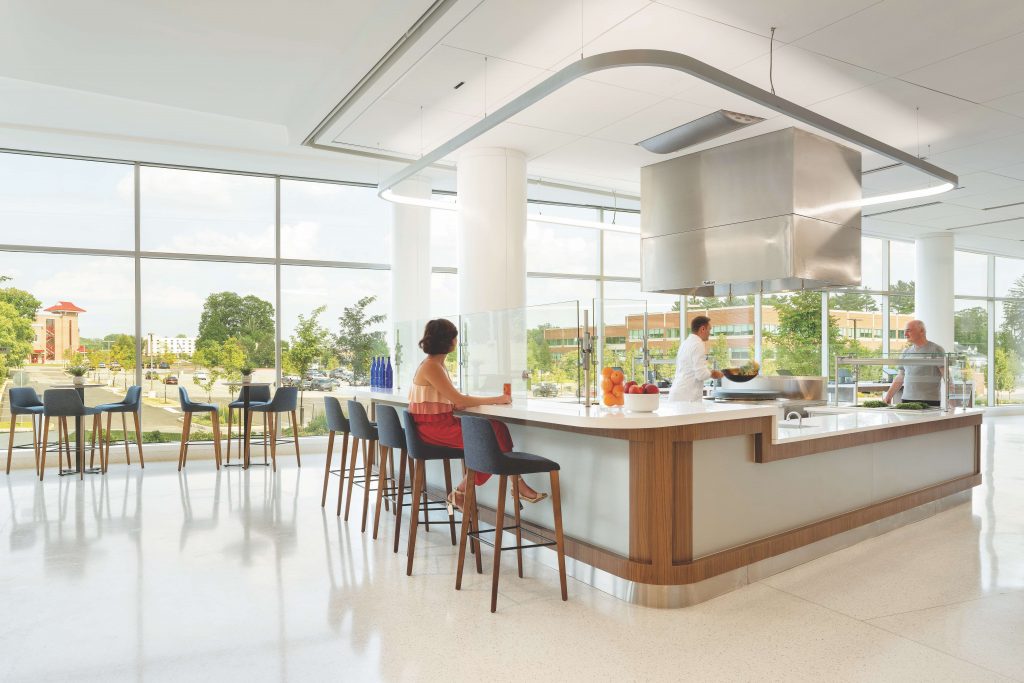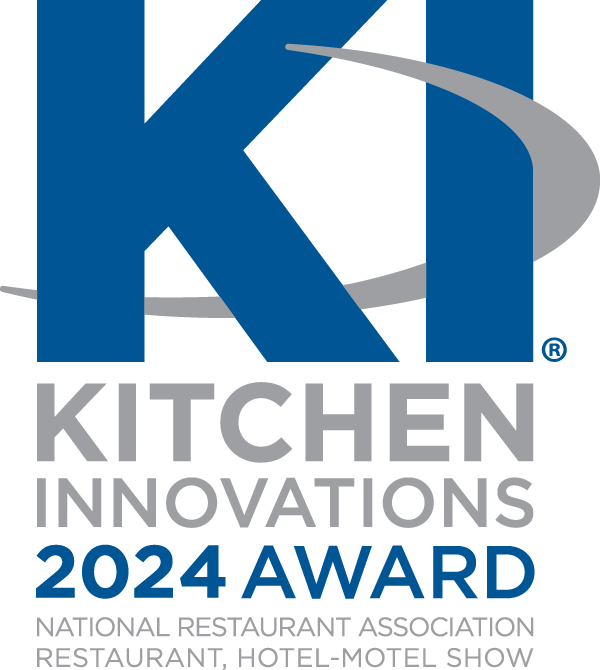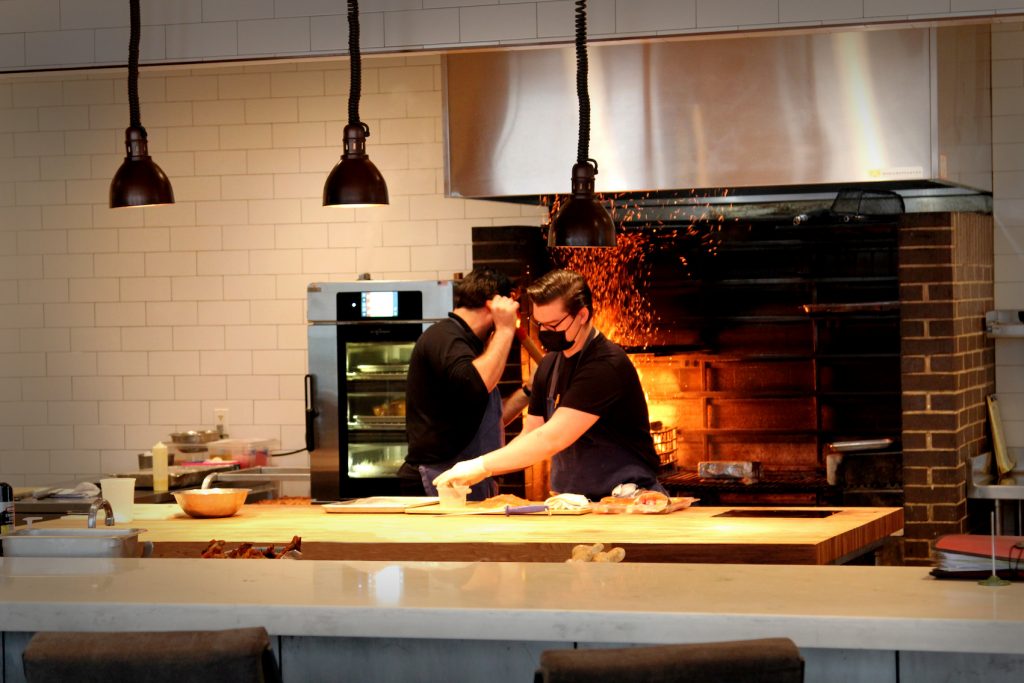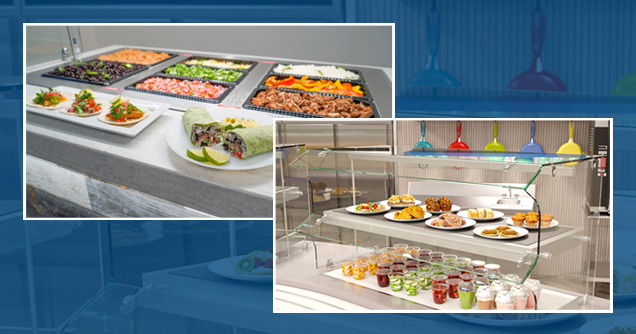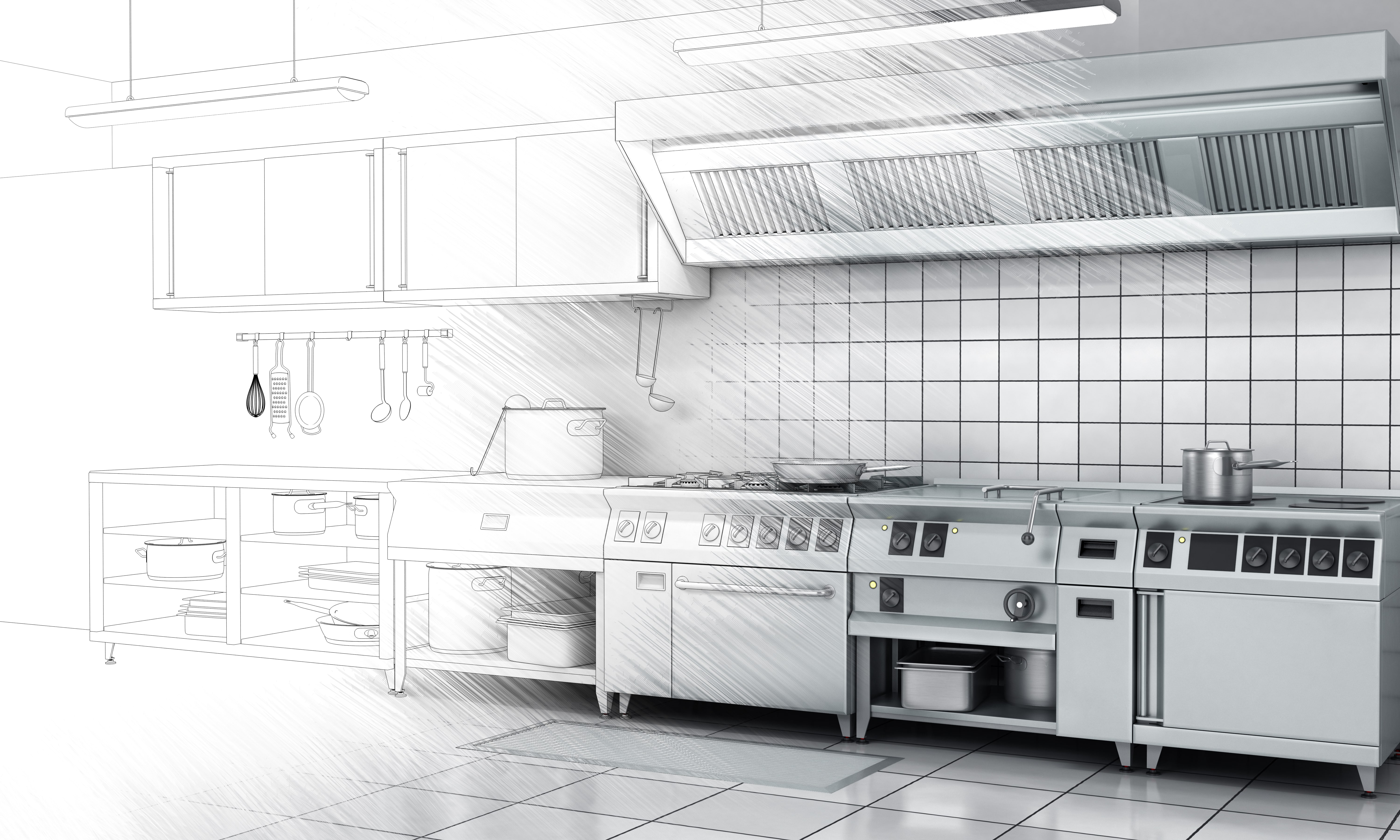
If you can’t take the heat, stay out of the kitchen, so the saying goes (attr. Harry S Truman). Why so, because all those who work in the commercial kitchen do so under a wider range of pressures and conditions not found in any other workplace. Whilst handling these essential pressures is the job of management, mitigating them can be assisted by the design of the facilities.
Clearly the first and most essential step and in fact a given, is that the facilities work effectively. Nothing destroys an employee’s enthusiasm for the job than working in a badly planned space with unsuitable or unserviceable equipment and a most congenial environment is not going to help.
All commercial kitchens by nature of their complexity will be long-term investments when compared with an office or even the front of house. However institutional and industrial and production kitchens will be expected to operate sometimes over decades with no change other than equipment replacement. This will be unlike restaurant kitchens, most of which could be expected to require significant alterations within a single decade as a result of changing customer preferences.
Staff working in a restaurant show or display kitchen will often benefit from the ambience of the front of house and may even have daylight and share a view, but those working in large commercial or institutional kitchens seldom have that benefit. They are generally destined to work in an environment totally devoid of any external interest. But then again because staff are there to do a job is there any benefit to providing more than just a well-functioning and safe workplace?
In fact there are many studies that indicate that the work environment can have a positive effect on the employee’s health, satisfaction and even safety concluding that it would be far easier to recruit and particularly retain staff to work in a bright cheerful environment than in a dark gloomy one. While the studies are mostly of office work environments there is no reason to suppose the same would not apply to all work environments including the commercial kitchen.
The fact that these large kitchen workspaces are generally internally located within the building means that there will be little chance of using daylight as the simplest way of improving the work environment. However one major global business requires that their ware wash room have daylight as a benefit to those team members working in a damp, wet and possibly messy environment. A large hospital kitchen has a skylight above the plating area where staff spend daily a considerable time over their day in effect doing repetitive work. Both these strategies are used to improve the working environment and have little other practical benefit.
Windows to the world
Enclosed spaces and rooms are frequently required for operational and functional reasons in the kitchen and the feeling of being shut-in can be a serious emotional problem for some people and for most of us a negative experience. By using windows between working areas not only can spaces be opened up to overcome the feelings of being enclosed but also efficiency be improved through the visual interconnection between spaces. Where it may sometimes be necessary to obscure the view between spaces for example in a demonstration or test kitchen, rather than using blinds or screens, active glass will provide the effect without adding something extra that has to be managed or cleaned; the screening can just be turned on and off.
The most obvious and least cost path to improving the workplace is through the use of colour. Technically the use of colour in occupational environments is known to be important because it enables the efficient coding of signals and information that in turn enhances visual performance and often safety. However good colour perception is an important attribute for the visual processing by each individual for them to distinguish the physical properties of their environment that they experience through the use of colour combinations.
In selecting colours it is important to recognise that there are gender differences in colour perception: Males place more weight on lightness and have been found to have poor discrimination of greens in the middle region of the spectrum (530 – 570nm) when compared to women who were shown to place more weight on inter-stimulus separation along a red-green axis. From this it may be assumed that the selection of the colours to be used would differ depending on the predominance of the particular gender in the workplace. Regardless of these gender differences, differences will vary considerably by each individual’s awareness and ability to discriminate the colour signals.
Overall many of the facilities enhancements that can be used to improve the working conditions in a commercial kitchen will have a cost. However there will be both proven intangible benefits through providing staff psychological satisfaction and it being a pleasing place to work and tangible cost benefits through improved staff retention, productivity health and safety all of which combine to make a commercial kitchen a pleasing place to work.
Tim Smallwood FFCSI

